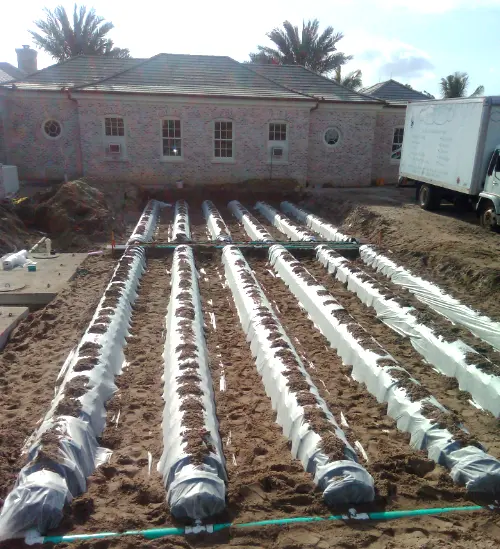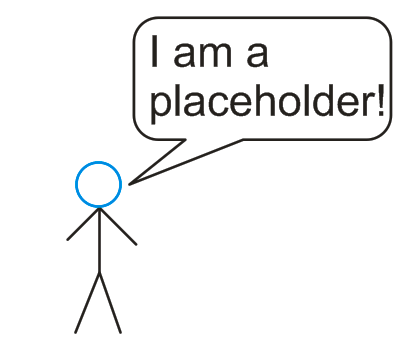Septic Systems Palm Beach & Martin

Septic drainfield installed on Palm Beach County, chamber type.
SMC Contracting has installed hundreds of septic systems in Palm Beach and Martin Counties (since 1974)
The Health Department refers to septic systems as an OSTDS - Onsite Sewage Treatment & Disposal System
Septic systems are an essential component of rural and suburban home wastewater management, particularly in areas where municipal sewage lines are not available. At the heart of these systems is the septic tank, a buried, watertight container typically made from concrete, fiberglass, or polyethylene. Its primary function is to hold the wastewater long enough to allow solids to settle down to the bottom as sludge, while the oil and grease float to the top as scum. The liquid wastewater (effluent) then exits the tank into the drain field, a subsurface wastewater disposal area.
There are several types of septic systems, each designed to suit different soil and site conditions. Among the most common are the gravity system, which relies on gravity to move the effluent through the system, and the aerobic treatment systems, which use oxygen to enhance the decomposition of the effluent before it is discharged into the drain field. Performance treatment systems are another advanced type, often required in areas where environmental regulations demand a higher level of treatment. These systems might include additional filters and processes to clean the effluent before it reaches the drain field.
Key components of a functional septic system include:
- Septic Tank: The first stop for wastewater from your home, where solids are separated from liquids.
- Drain Field: The area where effluent is dispersed through the soil for further natural treatment.
- Pump (if needed): Some systems, due to topography, require a pump to move effluent to the drain field.
Maintaining your septic system, including regular pumping of the septic tank and inspections, is crucial to prevent system failure, which can be costly to repair and pose health risks. By understanding the components and types of septic systems, homeowners can make informed decisions about installation, maintenance, and care, ensuring their system remains effective and environmentally safe for years to come.
Standard Septic System With Drain Field
When there is room for a regular drain field a standard septic system is used. A septic tank catches the solids and the runoff is filtered through a drain field.
Find out more about septic systems at wikipedia
Aerobic Treatment System
A more advanced sewage treatment plant that does not need a large drain field. Go to our dedicated Aerobic Septic Systems page.
Performance Treatment Systems
Another style of advanced sewage treatment system. View our Performance Treatment page
